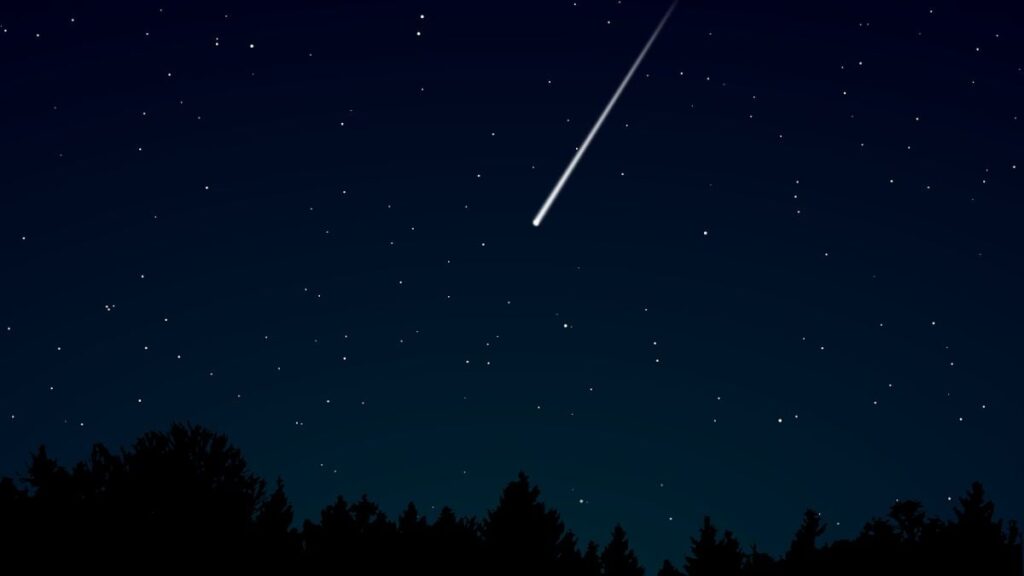Look up at the night sky this October as an extraordinary celestial event unfolds. Comet Tsuchinshan-ATLAS, also known as C/2023 A3, is approaching Earth and is expected to brighten significantly. Astronomers predict that this comet will become visible to the naked eye, potentially equaling the brightness of Jupiter. The comet was first discovered by astronomers at the Tsuchinshan Observatory in China in January 2023 and has been making its way through the solar system ever since.
A rare celestial phenomenon
Comets like Tsuchinshan-ATLAS are remnants from the early solar system. As they approach the Sun, they begin to lose material, forming a glowing tail that can be seen from Earth. The comet is predicted to reach its brightest point on October 9, 2024, when it will be just 44 million miles from our planet. Gianluca Masi, astrophysicist and scientific director of the Virtual Telescope Project, described the event as a unique opportunity for stargazers, stating that it is an opportunity not to be missed.
Best viewing practices
For those who want to catch a glimpse of the comet, it is best to find a dark spot with a clear view of the western horizon. The optimal time for viewing is shortly after sunset on October 9, as the comet will be positioned in a way that increases its brightness due to light scattering. It can appear dim compared to nearby stars, making binoculars or a small telescope useful for a better view.
After October 9, Tsuchinshan-ATLAS will still be visible, although it may not be as bright. The upcoming supermoon on October 17 could also interfere with observations.
Other comets on the horizon
In addition to Tsuchinshan-ATLAS, another bright comet, C/2024 S1, is expected to be visible later in the month. This period presents a rare opportunity for astronomy enthusiasts to witness multiple bright comets in a row. Michelle Nichols, director of public viewing at the Adler Planetarium, encourages everyone to make the effort to see these spectacular sights.
Now is the time to prepare for this cosmic event, as it may be humanity’s last chance to witness this extraordinary comet.


